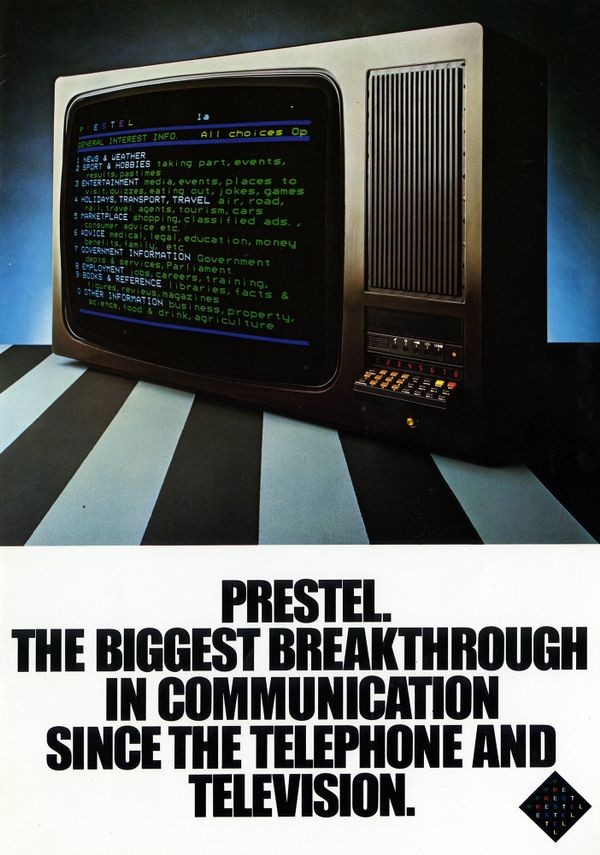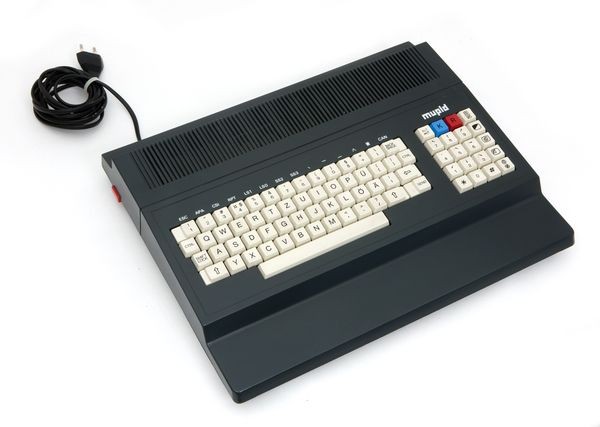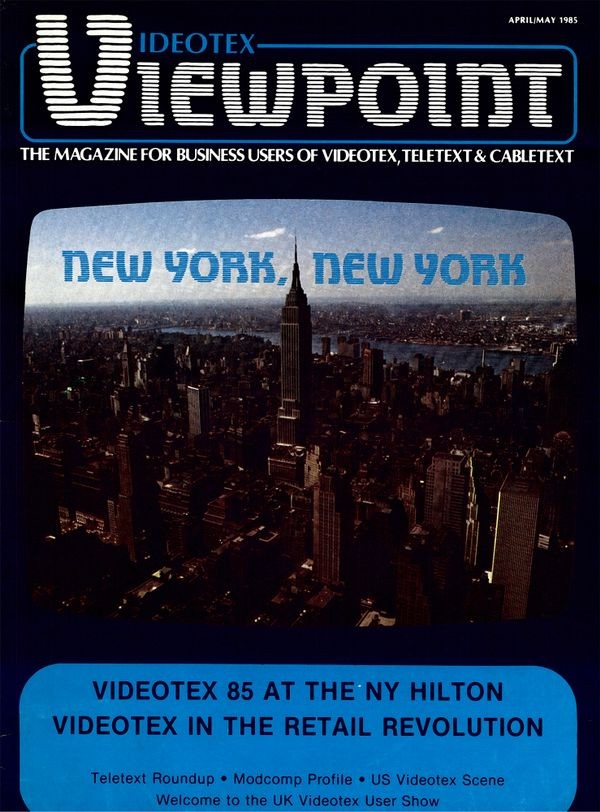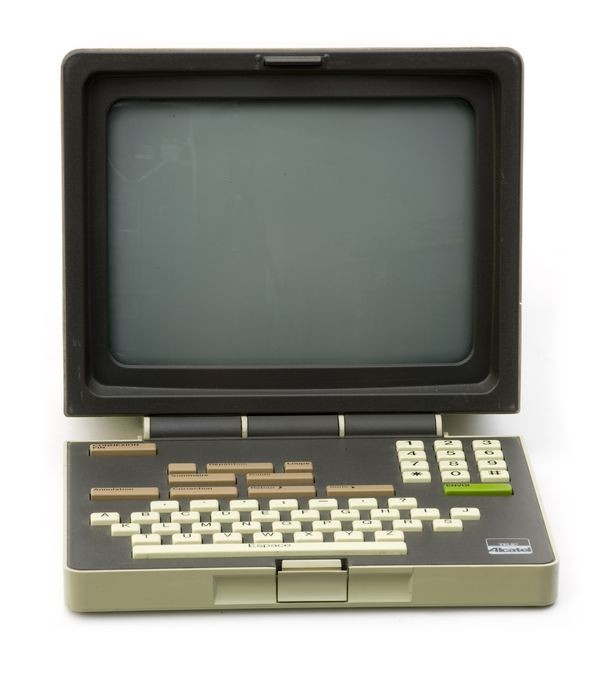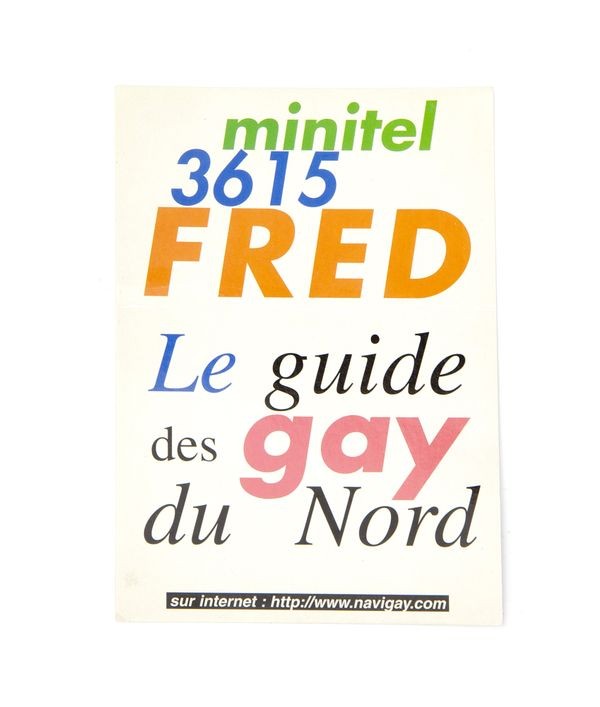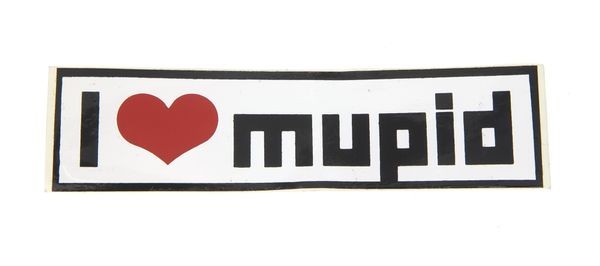Europe and the First Mass-Market “Webs”
Prestel brochure
The costly Prestel British videotex system had only modest success. It offered a full range of services but flourished only in specialized markets like the travel industry.
Europe and the First Mass-Market “Webs”
In 1971, a team at the BBC, and Sam Fedida at the British Post Office, independently developed Web-like information systems that used ordinary TVs.
The BBC system broadcast data on an unused portion of the TV signal, and evolved into the Teletext information service.
The Post Office’s videotex standard used phone lines, and had high ambitions for broad-reaching uses like today’s Web. It became the foundation of England’s Prestel and France’s wildly successful Minitel. But despite efforts in the U.S., Canada, and Europe, videotex-like systems fizzled outside France.
MUPID II C2A2 Vtx computer
Though only modestly successful, MUPID represented videotex’s cutting edge. It offered Java-like downloadable applications, and was the only videotex system with hypertext links like the later Web. Each terminal had a processor; so it was, in effect, a networked PC.
View Artifact DetailNorth American Videotex conference announcement
These are souvenirs of a short-lived wave of videotex enthusiasm from North American phone companies and news services. Competing standards and competition from home PCs nipped this revolution in the bud.
View Artifact DetailMinitel and Teletext: Long-Running Successes
Free! That’s always a successful way to attract customers. In 1981, France Telecom offered free Minitel terminals, launching the first mass “Web.” It had tens of millions of users by the 1990s.
In 1974, ad-funded Teletext systems let European TV viewers “surf” pages of news, weather, sports, financial data, and more.
Minitel user
The ‘80s Minitel boom foreshadowed the dot-com boom. But the model differed. Customers paid for minutes on Minitel sites in their phone bills; France Telecom charged content providers heavily for hosting sites, but guaranteed user payments.
View Artifact DetailMinitel
These sleek terminals for the Teletel system, given free to subscribers to the service, were called “Minitels.” The Teletel standard had been adapted from English videotex. The keyboard was designed for people who didn’t touch type.
View Artifact DetailTelevision remote
The “Teletext” button switched European TVs into interactive text mode. By entering page numbers on the keypad, the user chose from among hundreds of pages being broadcast along with the normal TV signals.
View Artifact DetailVideotex systems were the first networked information systems marketed to home consumers. They became part of daily life, and some lasted into the World Wide Web era. The “Fred” postcard has both a Minitel address and a Web URL.
